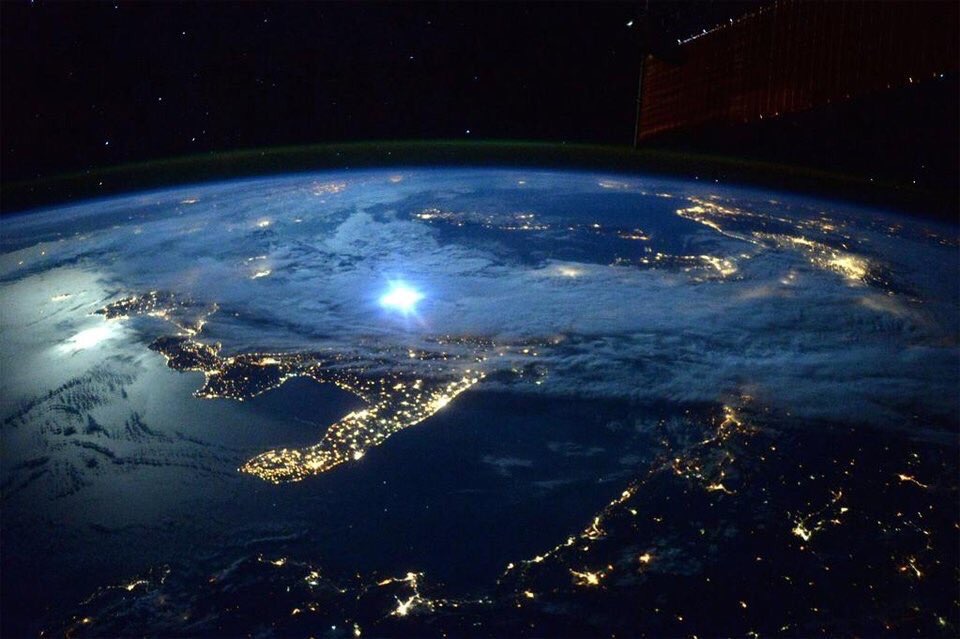In questo tweet di Andy Revkin di un paio di giorni fa…
Great to see Suki Manabe, climate model pioneer, publishing anew. https://t.co/p3I3MN29Yh Always a careful analyst: https://t.co/SoPNnst0qn pic.twitter.com/aRWpvyYZQD
— Andy Revkin (@Revkin) 4 marzo 2017
C’è una bella Una bella analisi del NYT: The Devil is in the Detail, in cui intervengono parecchi esperti del settore, in tema di risoluzione dei modelli, capacità di calcolo e livello di comprensione scientifica necessarie – e ancora non disponibili – per poter considerare le simulazioni climatiche degli strumenti utili.
Parte del commento e la chiosa sono affidate a Suki Manabe, un pioniere della modellistica:
[…] models incorporating everything from dust to vegetation looked more and more like the real world but that the error range associated with the addition of each new variable could result in nearly total uncertainty. Speaking of some climate models, he said, ”They are more caught up in trying to show what a great gadget they have than in showing how profound their study is in understanding nature.”
”The best we can do,” said Dr. Manabe, in Yokohama, ”is to see how global climate and the environment are changing, keep comparing that with predictions, adjust the models and gradually increase our confidence. Only that will distinguish our predictions from those of fortunetellers.”
Manabe parla con cognizione di causa, avendo appena pubblicato un’analisi valutativa dei modelli allo stato dell’arte su Nature Climate Change, che però è a pagamento… Assessing temperature pattern projections made in 1989
Se qualcuno vi avesse accesso e volesse raccontarci i risultati sarebbe utile.
Buona Domenica


Vorrei vedere un modello matematico che partendo dal 1800 preveda la crescita della temperatura globale senza considerare la nascita di James Watt, Karl Benz e Henry fFod